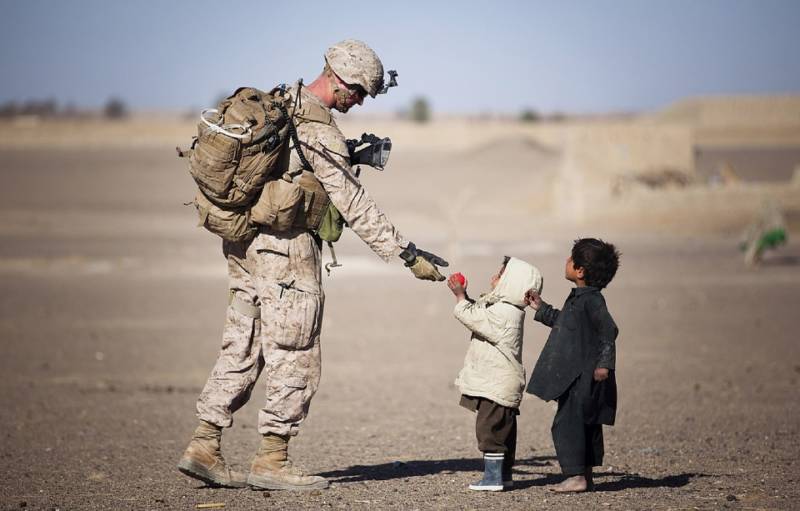Memorial Day is an opportunity to reflect on the past by taking time out to honor those who have fallen in battle and to remember the long difficult wars that develop from the conflict of competing ideas and desires. Memorial Day also offers a rich backdrop for class exploration including discussions about the nature of war as well as a timeline of the history of specific wars and/or battles. Short video interviews with survivors of war, either civilian or soldier, bring the stories home.
Primary sources – documents, images, artifacts or other items – are the original records of events from those who were present during a specific time or place. Photographs, letters, diaries, census rolls; even kitchen or farmyard artifacts are all part of our story. Using the rich resources from PBS productions like Ken Burns “The Civil War” or “The War”, classroom teachers can show glimpses into the past by using ‘story’ as a way to engage students. PBS LearningMedia has many interviews and images from the Civil War to the War in Iraq.
Here are four examples:
The Memories of D-Day: James Williams Jr
The Last Days of World War II
Vietnam War Stories
Author Tim O’Brien recalls Vietnam War Experience
Teachers and librarians can help students to understand the context of primary source resources by using a process of thinking developed by the librarians at the Library of Congress, Teaching with Primary Sources. A “jump start” activity to get students thinking about an event is to ‘deconstruct’ an image or document. Using an image from the Vietnam War [for example]:
